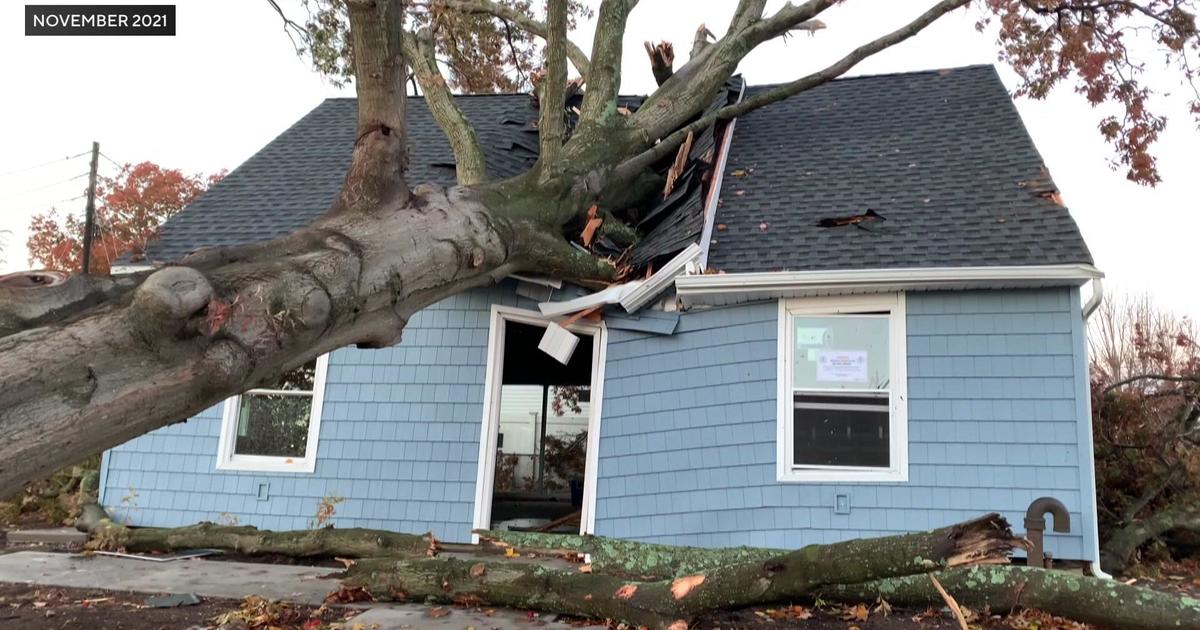MTA Chairman Joe Lhota Calls On State & City To Split Cost Of Fixing Subway System
NEW YORK (CBSNewYork) – The head of the Metropolitan Transportation Authority on Tuesday unveiled an ambitious multimillion-dollar plan to stem the tide of subway decline.
As CBS2 Political Reporter Marcia Kramer reported, Chairman Joe Lhota pledged a team of nearly 2,700 workers to fix dozens of problems in an aggressive attempt to end the subway nightmare.
There will be no fare hikes to get the job done, but Lhota said nearly a billion dollars will be spent to convince riders he has a remedy for their plan.
Lhota called on the state and city to split $845 million in spending to fix the deteriorating subway system.
"The New York City subway system is no doubt in distress," Lhota said Tuesday. "There's no doubt we are failing our customers."
The chairman unveiled his 30-day action plan to stabilize and improve service, as well as lay the foundation to modernize the system.
Lhota said the plan comes with a price tag of $465 million in operating costs and $380 million in a one-time capital cost.
He is asking the state and the city to split the spending.
"We need to come together and be partners in this," he said.
"Raising fares is not an option," he added. "No one wants to put the burden on the customers."
Lhota blamed the current state of the system on a record number of riders, aging infrastructure and a lack of funding. He also said the MTA is bearing the brunt of the burden from Amtrak's "Summer of Hell" repairs.
The plan Lhota unveiled was multi-pronged, with the intention of fixing all the problems on the subway that delay service, cause derailments, and make riding the subway on any given day a roll of the dice for 6 million straphangers.
Lhota said workers would address a dizzying array of problems. The focus will be on fixing signals, securing power sources, maintaining tracks, enhancing stations and improving overall communication.
He said they would clean the entire system, accelerate track repairs with 31 specialized teams, and cut incident response times by two thirds.
Emergency response teams will be re-positioned to problematic tracks, in hopes of cutting response times down to about 15 minutes.
When it comes to increasing capacity, Lhota plans to make trains longer, especially along the C line.
And in the area of new ideas, he plans to launch a pilot program for standing room only cars to increase capacity by 25 riders a car. The shuttle services and L Trains will be the first to get the new cars.
As for cleanliness and safety, the MTA plans to sweep the tracks more often and produce a public awareness campaign about the consequences of littering.
Lhota demanded that transit police officers give out more tickets for littering. Only 80 were given out last year.
The chairman called on the NYPD to increase its police presence in stations and step up its enforcement of laws regarding littering, harassment and sexual misconduct. He also wants to re-position EMTs along the A, C and E lines, which he said have the highest number of medical incidents.
There is also a program to paint and repair stations, and to make sure elevators and escalators work.
Lastly, the MTA will improve communication by providing more updates directly from the control center, placing customer representatives at high-traffic stations and continuing to develop high-tech notification tools.
It was just five days ago that Lhota said he expected New York City would pick up some of the costs of his new plan to fix, repair, update and streamline the city's subways.
"The city owns the system. They've given it to us to run. I'm here to run the system as efficiently and effectively as possible," Lhota said. "I am going to go to my partners at the state and at the city and ask them to help fund the first year. I will do my best to find efficiencies and revenues necessary to go out in the future years."
Mayor Bill de Blasio addressed Lhota's plan in a news conference at the City Hall R and W Train subway stop late Tuesday afternoon.
"I was encouraged by Chairman Joe Lhota's announcement today," de Blasio said. "We have to be clear it's to the MTA chair to right the ship, and it's up to the MTA chairman to show us a plan that will really work, and today was a step in the right direction."
De Blasio added. "As to the plan itself, I think it's an important first step. The fact is we need relief and we need it now."
But the mayor did have some bones to pick with the plan. He noted that Lhota called for $456 million in additional funds for the MTA operating budget, and said it was "quite an amazing coincidence that is literally the amount of money that the State of New York has diverted from the MTA's budget since 2011."
He said the state already has the money Lhota has called for, and returning it to the MTA is all that has to be done.
The mayor, not one to ride the subway much since he took office, said earlier that he is now going to ride it more often so that in this election year he can cast himself as the riders' voice.
And a question remains as to whether the ambitious program can really be accomplished.
"He's identified the key issues that are bothering customers on the system," said Kathryn Wylde of Partnership for NYC. "But again, we've got to look at the long term. This is a hundred-plus-year-old system, and it needs a lot of work."
"There are only a couple of the ideas that we really hate - like pop up seats; making people stand all the way from, you know, Sheepshead Bay. You are not going to like that," said Gene Russianoff of the Straphangers Campaign. "They're not going to see that as an efficiency. They're going to see that as putting the burden on them at the end of the day."
Riders are unsure that the mayor riding the subway to feel their pain is the answer.
"I don't need him to relate I just need him to fix the little things that are going on," one rider said.
"It's rough to feel someone's pain when you don't ride it every day," another rider said.
Many of the proposed fixes are actually short-term fixes, and Lhota said he wants those completed within a year so he can move onto the bigger headache of modernizing the system. That will involve more cars and a better subway signal system.
Lhota estimated that Phase 2 to modernize the system will cost $8 billion in the next capital plan.
Meanwhile, Gov. Andrew Cuomo is going to Washington, D.C. on Wednesday to meet with congressional leaders and Transportation Secretary Elaine Chao, in order to get more money for New York City, the Gateway Project, and the MTA.



